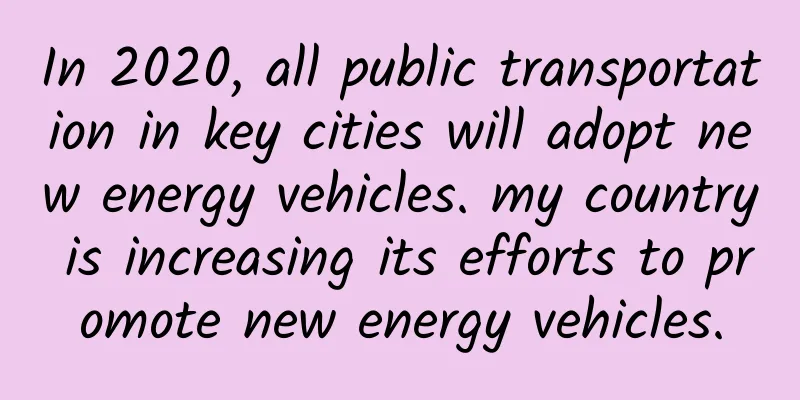If the corals are gone, where will the crabs attach themselves to?

|
At present, global climate change, especially global warming, poses a huge challenge to the survival of marine corals. Reef-building corals are very sensitive to water temperature. If the seawater temperature exceeds a certain range, the coral polyps will abandon the zooxanthellae in their bodies. Without the energy provided by the zooxanthellae, the coral polyps will find it difficult to survive and will soon die, forming bleached corals. This will have a serious impact on the entire marine ecosystem. Based on this, the team led by Lin Qiang, a researcher at the South China Sea Institute of Oceanology, Chinese Academy of Sciences, focused on the formation and evolution of diversity of key biological groups in coral reefs, coupled species distribution models with species interactions, and innovatively discovered the evolutionary laws of biogeographic distribution of coral reef species and their response patterns to future climate change. The relevant results were recently published in Biogeography. Mutual symbiosis helps coral populations grow and reproduce Coral reefs are an important part of the marine ecosystem, providing shelter and complex habitats for marine life. They contain rich and subtle symbiotic and co-existing relationships, and many species of various forms live in the hotbeds built by coral reefs. The mountain-like coral reefs are actually formed by the accumulation of thousands of dead coral polyps. Because coral polyps rely on the symbiotic single-celled zooxanthellae in their bodies to photosynthesize energy, they live in the ocean's photic zone. The species living on coral reefs can reach a quarter of the number of marine species, including fish, worms, mollusks, sponges, echinoderms, crustaceans, and some other invertebrates. Among the numerous coral reefs and the thousands of species living in them, ladder crabs and reef-building corals are typical representatives. Ladder crabs live in corals and form a stable mutualistic symbiotic relationship with them. The corals provide shelter for the ladder crabs, while the ladder crabs act as the "bodyguards" of the corals, responsible for driving away the natural enemies that harm the coral polyps. Comparing corals inhabited by trapezoid crabs and corals without trapezoid crabs, corals without crabs are three times more likely to be attacked by "devil starfish". In addition, these crabs live in the gaps between coral branches and can help clean the sediment on the corals, allowing "fresh" seawater to flush into those narrow corners of the corals. This is of great help to the growth and reproduction of coral populations. Habitat distribution area has changed by more than 50% The impact of interspecific relationships on species distribution has been studied more on terrestrial animals, but relatively less on marine species. The research team took six reef-building corals and their nine symbiotic ladder crabs as representative species, and focused on the hot issue of how interspecific interactions affect species distribution patterns. Combining the results of multiple South China Sea voyage surveys and literature analysis, the team was the first to clarify the symbiotic selection and species interaction relationships between ladder crabs and stony corals. Compared with the traditional model, after incorporating the interspecific relationships of coral reef species into the model, the predicted results of ladder crab species diversity changed significantly in more than 50% of the distribution area, which confirms that stony corals have an important influence on the geographical distribution pattern of ladder crabs. Simultaneous research shows that under future climate change, six host coral species will lose about one-sixth of their suitable habitats. Taking into account the impact of host corals, coral-living ladder crabs will lose more suitable habitats in future global changes. This study particularly emphasizes that the protection of coral reef habitats is an important basis for protecting marine biodiversity. (The author is a researcher at the School of Ecology, Lanzhou University) |
>>: Microphone in the universe: Why do scientists want to listen to the sounds of alien worlds?
Recommend
Xiaopeng P7 northern winter test: endurance exceeds expectations, intelligent and user-friendly features are the biggest highlights
The past year has been a year of great changes in...
Revealed: Zero cost, zero threshold, earn 500+ a day, everyone can do the Xianyu proxy project
Revealed: Zero cost, zero threshold, earn 500+ a ...
Senior NeXT/Apple developer praises Swift 1.2
Wil Shipley is a senior developer who worked at N...
"Zero Additive" is prohibited! The new national food safety standard is here, what does it mean to us?
Recently, the National Health Commission and the ...
Rejecting the middle-aged greasy Toyota's new Asia Dragon also plays sports
According to Toyota's current new car plan, t...
Reviewing the history of interactive design: returning to humanity and regaining simplicity
[[127848]] The development history of human-compu...
Is the information flow product-centric or user-centric?
In life, the things we come into contact with the...
How was the nationally popular Lanxiang advertisement shot?
Let’s take a look at a post that has been very po...
Why does our body need calcium?
Many people may have noticed that calcium supplem...
How to operate short videos? How to promote the operation of short videos?
To do short video marketing, we need to understan...
The bitter winter is gone, and the plum blossoms of spring are in season
Produced by: Science Popularization China Author:...
How much does it cost to customize the Heihe course mini program? What is the price for customizing the Heihe Course mini program?
There are two types of customization of Heihe Cou...
The person who invented frying is such a genius. Can icicles and beer be fried?
As the weather gets colder, many people fall in l...
Most users call for: Win9 does not need a start menu
Under the strong call of users, Microsoft finally ...
New media operation: How to create popular articles?
What’s the fastest way to become famous? Answer: ...









